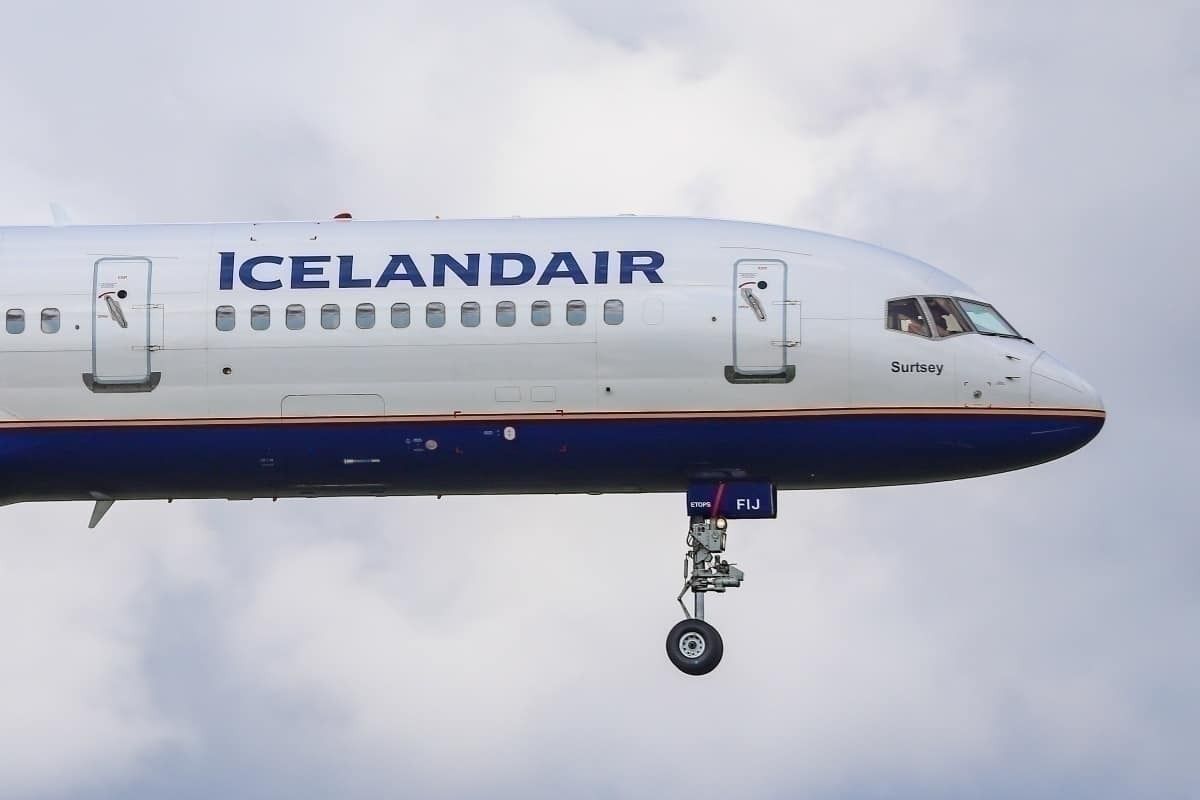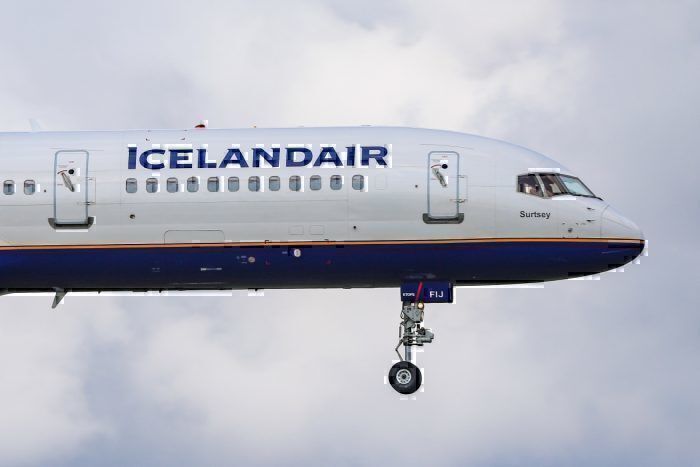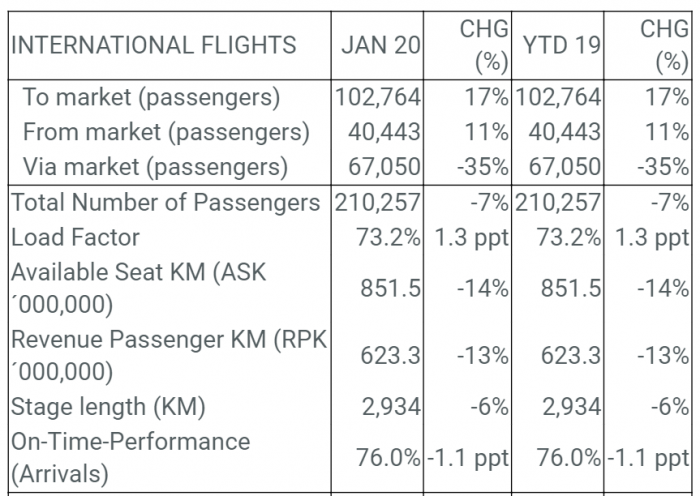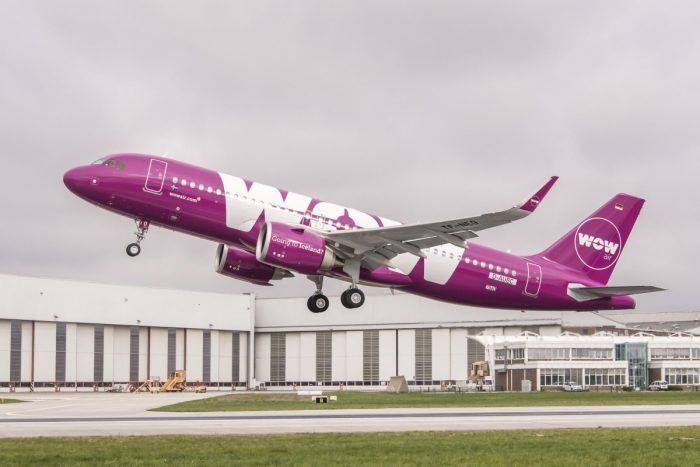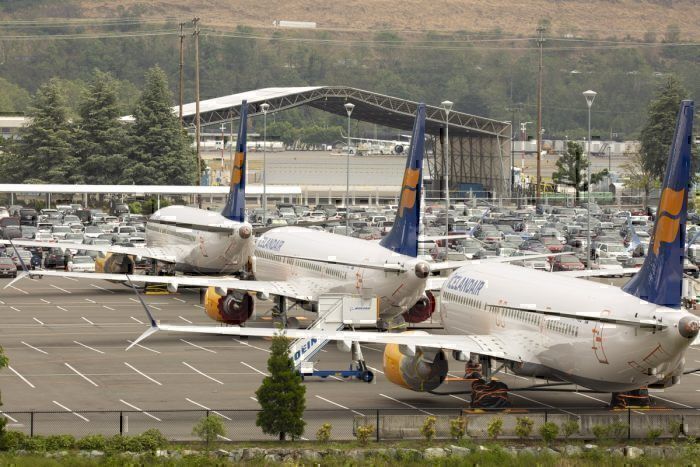According to figures released earlier today, Icelandair achieved a 17% passenger increase over the course of January 2020. While the airline puts this down to the ‘Company’s focus on the markets to and from Iceland’, it’s almost certainly been driven by the demise of WOW Air.
Icelandair’s passenger growth
Icelandair has had a great start to the new year. Despite the lack of 737 MAX aircraft, the airline has still made significant gains in terms of passenger share during January 2020. Compared to the same period last year, the number of passengers flying to Iceland increased by 17% to 102,764. Local passengers traveling from Iceland on the carrier also increased, by 11%, to reach 40,443.
However, despite this strong growth overall, the huge drop in the via market, that’s to say those passengers stopping over in Iceland on their way between destinations, is very telling. Passengers on the via market were down 35% compared to last January.
No longer a stopover hotspot
The lack of stopover passengers compared to last year is a marker of how fast tourism to Iceland has slipped. Budget carrier WOW Air really pioneered Iceland as a stopover destination, with flights between Europe and North America priced so cheaply, it was impossible to say no.
It seems that as much as Icelandair has made gains in some markets, it’s also lost passengers since WOW’s demise. Although Icelandair does offer a stopover program, it never pushed it in quite the way WOW did. Nevertheless, it got passengers, as the world woke up to Iceland and began visiting it in their thousands. By 2015, one-third of Iceland’s income arrived in the form of tourists.
By July last year, it was clear to see how WOW’s disappearance had affected the country. Transit passengers were down 43% over the second quarter of the year. The Icelandic economy experienced almost no growth through the first nine months of the year, compared to 4.6% the year before.
While the loss of WOW played a part in the collapse of tourism demand, statistics show it was naturally on a slow-down anyway. The notion that the world is falling out of love with Iceland is further reflected in Icelandair’s figures.
The pain of the MAX
Icelandair’s achievements would have been far greater had it been able to maintain its capacity. The airline managed to improve its load factor by 1.3 percentage points to hit 73.2%. Yet, its overall passenger numbers were down by 7%, to just over 200,000. The reason for this was a 14% drop in available seat kilometers.
This drop in capacity is due to one thing: the grounding of the 737 MAX. Icelandair had six MAX aircraft in its fleet, a mix of 8s and 9s, when the type was grounded last March. It also had a further 10 on order, several of which would have been expected last year. Added to this, the airline retired two of its 757-200s over the course of 2019, leaving it hard up for seats.
And the airline is taking no chances this year. Last month, it said it didn’t expect to have its MAX back in service until mid-2020. As a result, it has leased three 737-800s and is avoiding retiring any more of its 757s until the jet returns.
The fact remains that, overall, Icelandair is benefitting positively from the lack of WOW Air in its home nation. Whether this trend will continue when (and if) WOW 2.0 and PLAY Airlines launch.

